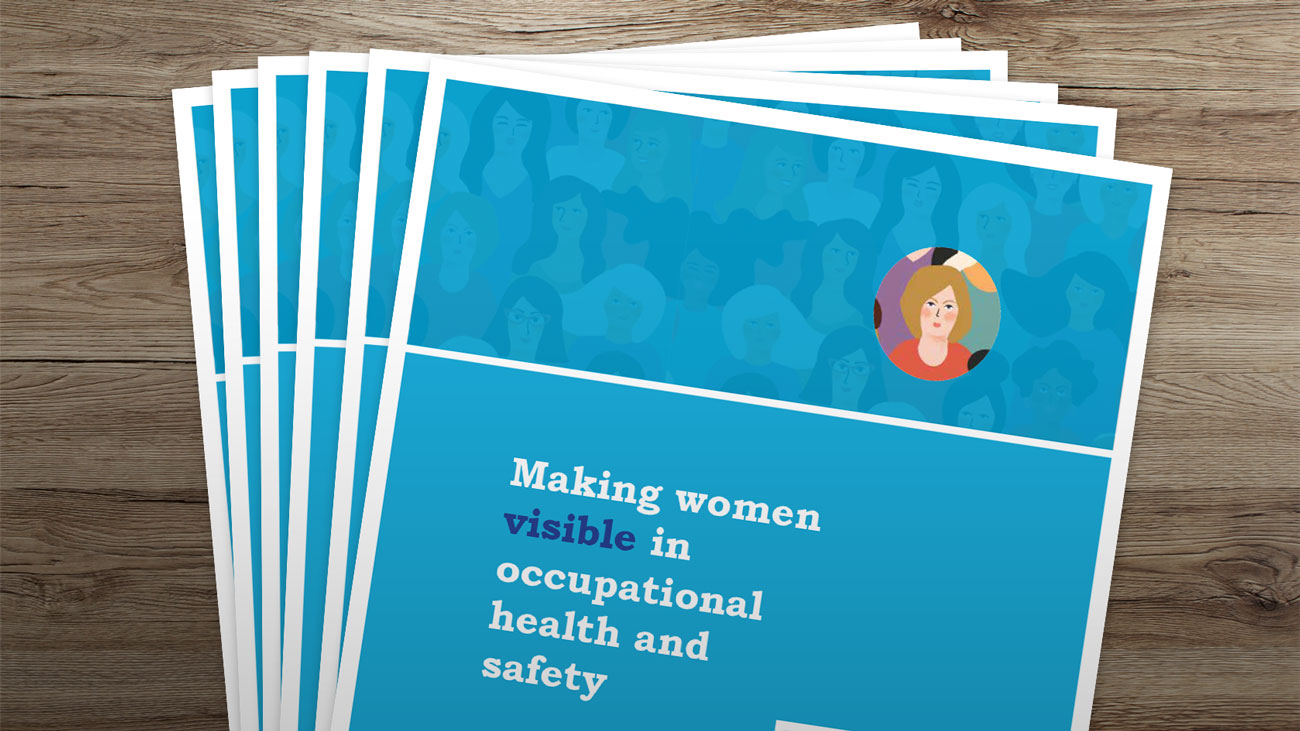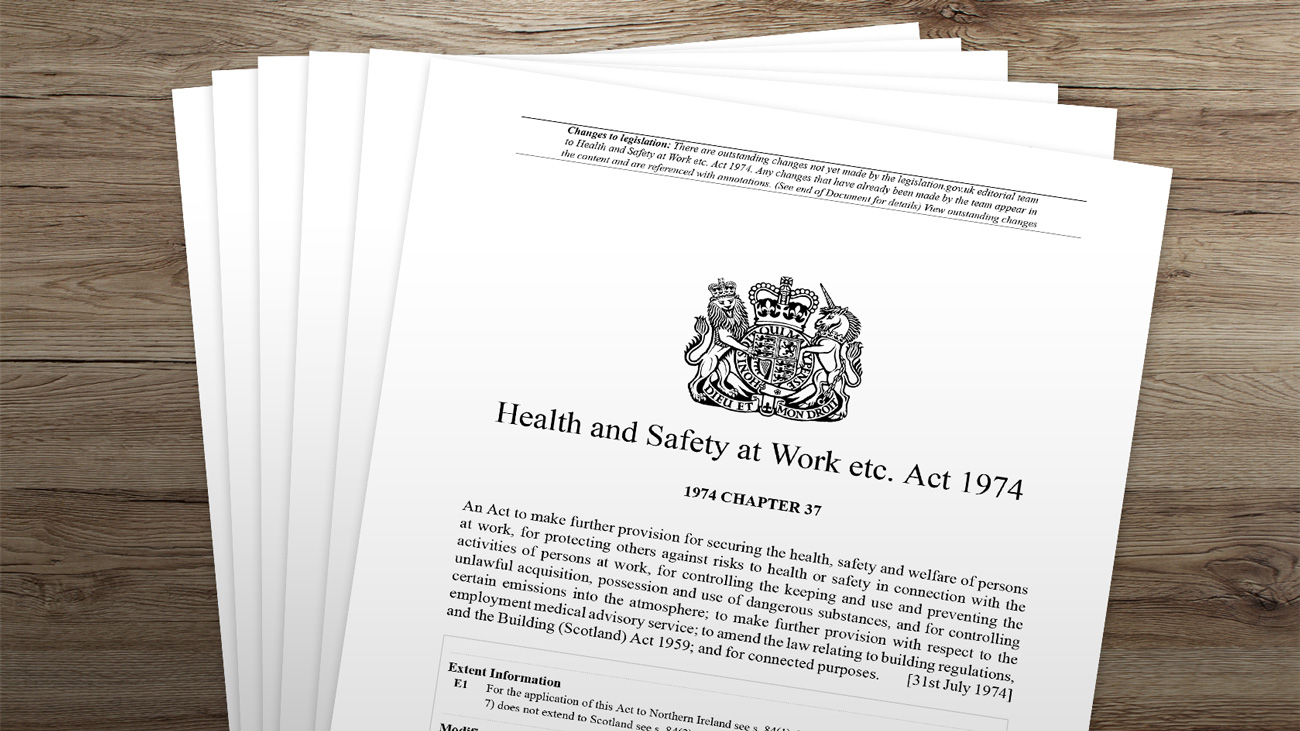
Third party abuse: when an employer should act
Almost 90 retail leaders, including Tesco, Sainsbury’s, Boots and WH Smith, have written to the government demanding action on rising retail crime, The Guardian reports.
The retailers, who also include Aldi, Primark and Superdrug, are calling for the creation of a new UK-wide aggravated offence of assaulting or abusing a retail worker – as already exists in Scotland – which would carry tougher sentences and require police to record all incidents of retail crime and allow the allocation of more resources.
The Guardian quotes Helen Dickinson, the Chief Executive of the BRC, which helped organise the letter to the government. She said:
“It is vital that action is taken before the scourge of retail crime gets any worse. We are seeing organised gangs threatening staff with weapons and emptying stores. We are seeing violence against colleagues who are doing their job and asking for age verification. We are seeing a torrent of abuse aimed at hardworking shop staff. It’s simply unacceptable – no one should have to go to work fearing for their safety.”
Tesco has taken significant steps to protect workers itself, Chief Executive Ken Murphy announced that staff are to be offered bodycams after abuse rose by a third in the last year.
Writing in the Mail on Sunday, Murphy said those responsible “are small in number but have a disproportionate impact. And the number of these incidents is increasing”. He added that staff “deserve to be safe at work”.
SHP reports that findings by the British Retail Consortium (BRC) published earlier this year found abuse against retail staff had almost doubled to 850 incidents a day, up from around 450 a day pre-Covid. Incidents include racial and sexual abuse, physical assault and threats with weapons. Murphy said he hopes the body-worn cameras will “deter offenders”. Tesco has invested £44m in the last four years on security measures including door access systems, protection screens and digital radios, as well as the cameras, according to Murphy.
These are high-profile stories of large employers in the retail sector, but any organisation dealing with third parties may face problems with behaviour towards staff. And that doesn’t just cover violence, but bullying and harassment.
Abuse can cover a number of behaviours, including verbal abuse and physical violence. There is no single definition of abuse in law, and it can have different legal definitions depending on the context. It is often used to encompass a range of behaviours that may include harassment.
Workplace harassment has a specific definition under the Equality Act 2010. It is when someone’s behaviour is meant to or has the effect of either:
- Violating someone’s dignity, and/or
- Creating an intimidating, hostile, degrading, humiliating or offensive environment.
What is a third party?
A third party refers to someone who a worker interacts with as part of their job but who is not employed by the same employer as them.
Some examples are:
- Customer – such as in a shop or restaurant, or a train passenger or hotel guest.
- Client – such as in a meeting, or when visiting someone’s home to care for them.
- Patient – such as in a hospital.
- Business contact – such as in a meeting or at a conference.
- Any non-directly employed staff, such as contractors or agency workers.
This list is not exhaustive, and includes other groups, such as parents who abuse teaching staff over email, for example.
Who is responsible for preventing abuse?
All workers should have the right to work in a safe environment free from discrimination or the fear of abuse, harassment and bullying. The responsibility of tackling all forms of workplace abuse, harassment and bullying lies with the employer.
In some cases, an employer may be held vicariously liable for the actions of a customer if the customer's actions were within the scope of the employment relationship. For example, if a customer harms an employee while the employee is carrying out their job duties, the employer may be held responsible.
If an employer fails to provide adequate security measures in the workplace, such as in a retail store or entertainment venue, and a customer harms an employee or another customer due to this lack of security, the employer may be held liable for negligence.
Alison Dixon, Partner at law firm Bird & Bird, says:
“What about staff who come into contact with third parties in the course of their employment – could an employer be liable for acts of harassment by those third parties against its staff? This will clearly be a significant concern in many industries, and in particular those in which workers come into regular contact with the public (retail, hospitality, healthcare and aviation, to name a few). In the hospitality sector in particular, customers may well be ‘letting their hair down’, drinking alcohol, and feeling uninhibited, which substantially increases the risk of harassing behaviour. Could an employer be at risk of claims for failing to prevent sexual, or other forms of harassment, by a wayward customer? And what could they do to mitigate this risk?”
Employer duties
The Health and Safety at Work etc. Act 1974 states that employers have a duty to ensure the health, safety and welfare of their employees, which includes preventing abuse, harassment and bullying. This is the case for any risk to an employee’s health and safety at work. An employer should act to protect a member of staff who is being abused or harassed by a third-party the same way as if they were being harassed by a colleague.
Employers have a duty to provide a safe working environment for their employees. If customers pose a threat to employee safety, and the employer is aware of this threat but does not take action to protect their employees, they may be held liable for any resulting harm.
The Employment Rights Act 1996 allows employees to claim unfair dismissal if they are forced the leave their job because of actions by their employer or a failure to deal with any complaint. This can include failure by the employer to protect their employees from bullying and harassing behaviour.
Vicarious liability
Vicarious liability, or imputed liability, is a legal rule that holds a person or company responsible for actions committed by others or by their employees. Typically, it applies to those who are in control of people who cause harm to victims.
This means an employer can be held responsible for the actions of their employees, or the actions of others towards their employees.
Law firm Weightmans highlights the importance of going through a two-stage process to determine whether, in an incident, the organisation is vicariously liable for a third party’s actions:
The principle of vicarious liability makes organisations liable for the wrongful acts of third parties when certain conditions are satisfied. The two-stage test required to determine whether a defendant should be vicariously liable for the actions of a tortfeasor (an individual or entity that has committed an offense that injures another party).
Stage 1
A Court should consider whether the relationship between the defendant and tortfeasor is one of employment or akin to employment. When considering the ‘akin to employment’ test, the Court looks at the features related to employment, including:
- Whether the work being undertaken is being paid for;
- How integral to the organisation the work carried out by the tortfeasor;
- The extent of the defendant’s control over the tortfeasor in carrying out the work; and
- Whether the work is being carried out for the defendant’s benefit of the organisation.
Stage 2
The stage 2 test is the ‘close connection’ test; whether the wrongful conduct was so closely connected with acts that the tortfeasor was authorised to do that it can fairly and properly be regarded as done by the tortfeasor whilst acting in the course of the tortfeasor’s employment or quasi-employment.
What can be done?
Alison Dixon says:
“Businesses with workers who come into contact with third parties have a difficult path to tread. They need to make sure that their staff are protected and supported, but at the same time, they cannot fully control the actions of those third parties. As an absolute minimum, however, employers should have a harassment policy, giving workers a route to raise complaints, not only about co-workers but also about third parties, and which clearly states that harassment of staff by customers or other third parties will be taken seriously and appropriate action taken, where possible, to prevent harassment. The policy should ideally also give details of any appropriate third-party organisations and healthcare providers who can help and advise victims of harassment (or other misconduct). The policy should be publicised to all staff and should be easily accessible. Businesses should also consider whether their commercial agreements (with clients, suppliers, and other third parties) expressly prohibit the unlawful harassment of their staff by those third parties or their representatives, and whether appropriate contractual remedies can be built into those agreements in the event of breach.”
A zero-tolerance approach
In its guidance, Tackling third-party abuse and harassment, the TUC advises:
“Many employers will think that they cannot do anything to stop third-party abuse and harassment - they cannot control the behaviour of a customer or of a patient. However, employers can control what will and won't be tolerated in a workplace. Employers should promote a zero-tolerance of abuse, harassment and bullying in all circumstances, whether the perpetrator is a member of staff or a third-party. For example, statements about not tolerating abuse and harassment of staff should be visibly displayed, using clear language, so third parties can understand what action the employer will take if they breach it. Employers should ban abusive third parties from using the service, and support staff with reporting abuse and harassment to the police. Employers should provide counselling and/or an Employee Assistance Programme to support staff who have experienced abuse, harassment and or bullying. Policies and procedures should be clearly communicated to staff, including an explanation of their rights under the law, and monitored regularly for effectiveness.”
Employers have a duty to provide a safe working environment for their employees. If third parties pose a threat to employee safety, and the employer is aware of this threat but does not take action to protect their employees, they may be held liable for any resulting harm.








